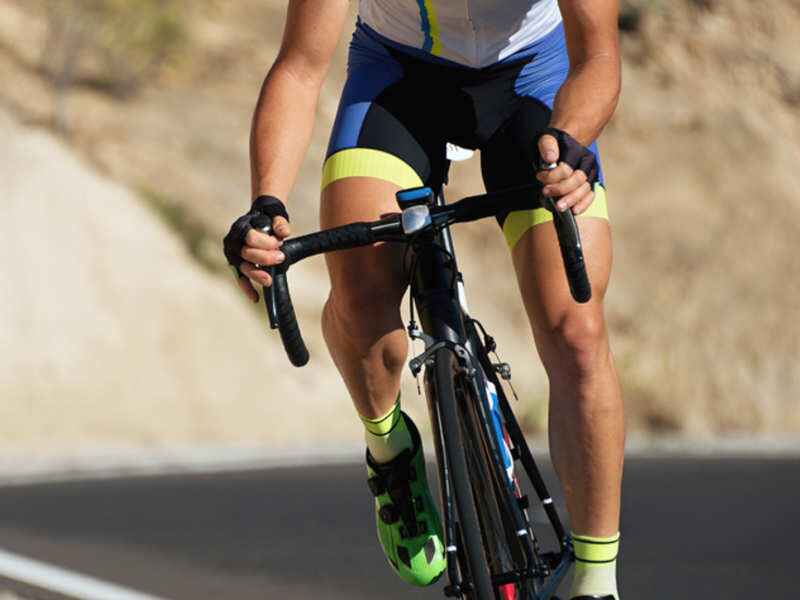Bicycling is an excellent way to keep fit, which is what many people could use these days doing sedentary work and not doing much sport but instead playing computer games, or phone games, and even for gambling there is no need to go to a place to place bets any more, you can do that online such as with 22Bet app.
Cycling is better than running due to less stress on the joints, but it is also easier to get started in and it is not as slow, it feels you actually get somewhere in a reasonable time and you can easily combine it with doing chores such as getting groceries.
But now to what you need to get started:
- A bicycle. Get one with fenders so you can use it all year around. An internal gear hub means less maintenance, but a derailleur means you can more easily change tyres. New bicycles can be bought from ca. $/EURO 800 and up. Cheap second hand bicycles can be bought from around $/EURO 150. Below that mark you are looking at bicycles that will need work such as new tyres, proper lighting, new saddle, etc. Good new puncture resistant tyres such as the Schwalbe Marathon are ca. $/EUR 25 each, saddles can be bought quite cheaply, lighting costs more. All in all a bicycle in a poor state will quickly need $/EUR 100 in added components to make it usable.
- To get groceries, buy panniers. Cheap ones cost from $/EUR 25 for a double bag with a capacity of about 25 litres each, plenty to do a lot of grocery shopping, expensive ones that are used for touring (from Brands such as Vaude, Ortlieb, MSX, Arkel, Thule etc.) are usually far more expensive but longer lasting (at least 5 years instead of 1 year for cheap bags). They are the ones I recommend if you like to do groceries by bike. Once the cheap ones start to wear out you could buy the nicer more expensive bags.
- Puncture repair kit. These include tyre levers and patches. Repairing punctures is easy, just try it first at home. For bicycles with an internal gear hub this is also easier and faster than replacing an inner tube for rear wheels, as then you need to remove any enclosed chain guard and then remove various fixings for the gear cable or cables. For derailleur systems it’s easy to remove the rear wheel to replace the inner tube, but I suggest that you fix the tube on your trip unless it rains, as otherwise you are likely to keep the tube unrepaired and you will run out or waste money buying more tubes.
- Get your bicycle set up so it is comfortable to ride on city trips. On trips within a city you can already keep fit quite well, doing all trips up to say 5 km (3 miles) by bicycle. For comfort your sitting position should be upright. The best way to start with this is to choose a bicycle that already has such a riding position, but you can change components on other bicycles to make them as you wish, with a different handlebar, different grips, and a different saddle. You can experiment and change components as you wish.
- Tools: Hex keys from 2-8 mm and an adjustable wrench are the start with which you can maintain your bicycle. A chain breaker is good so you can replace your own chain. A chain wear checker is useful to make sure you don’t damage the chain wheels at the front, and the cogs at the rear caused by a worn chain, too much lengthened chain from wear in the rollers, pins, etc.).
- Chain lubrication to keep the chain running smoothly.
- Maintenance: For a derailleur system the jockey wheels tend to gather a lot of gunk. Clean them from time to time. This will help with smooth gear switches. Cleaning the chain with a degreaser from time to time is useful if you ride a long time while not wearing out the chain. Chains get worn from fast riding, from rust that can happen after rain and that happens especially from salt on the roads in winter.












































